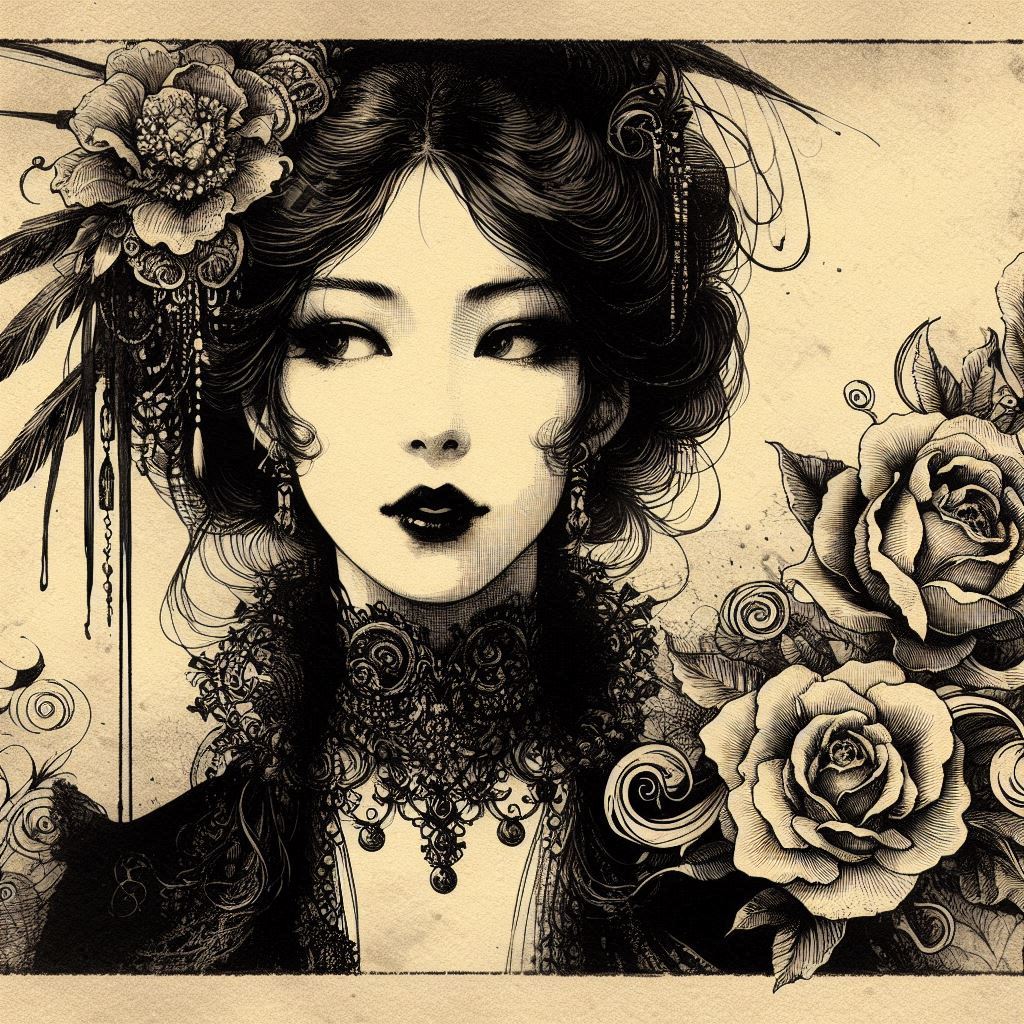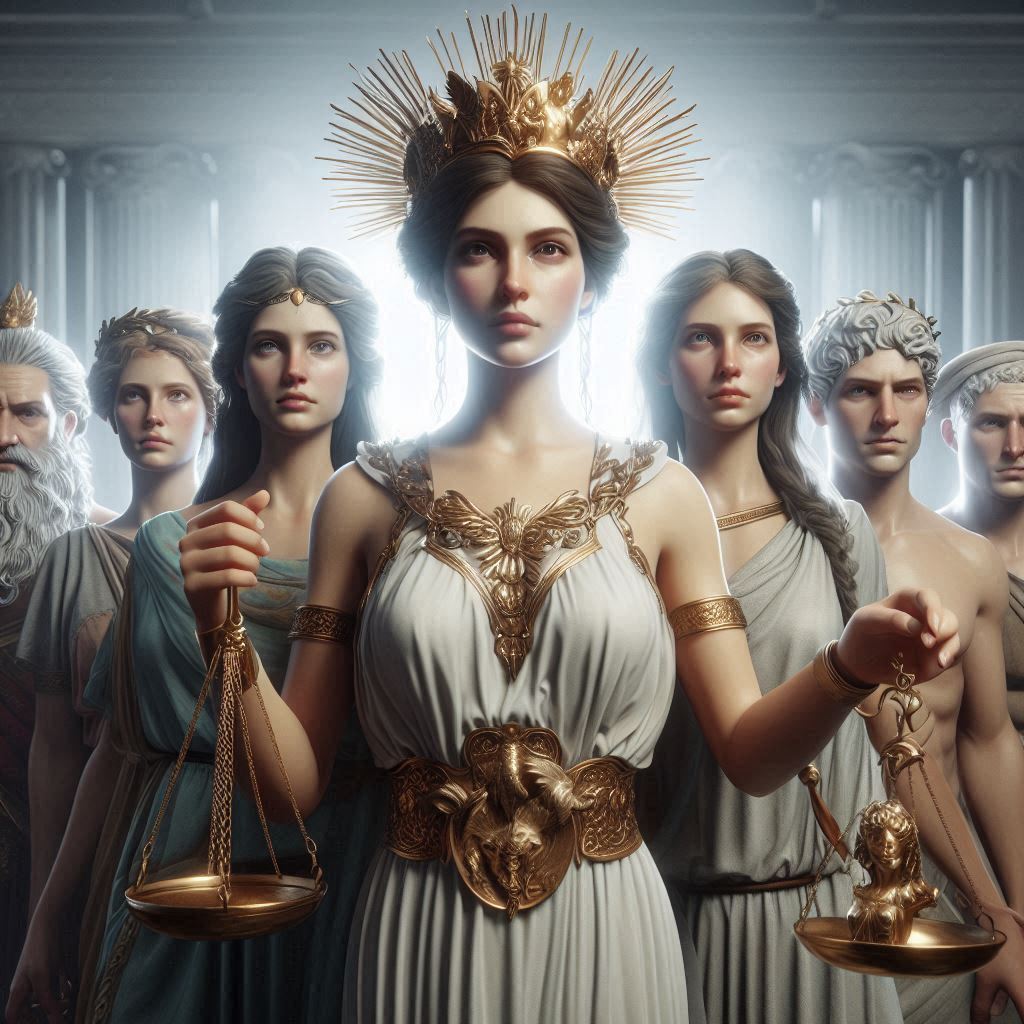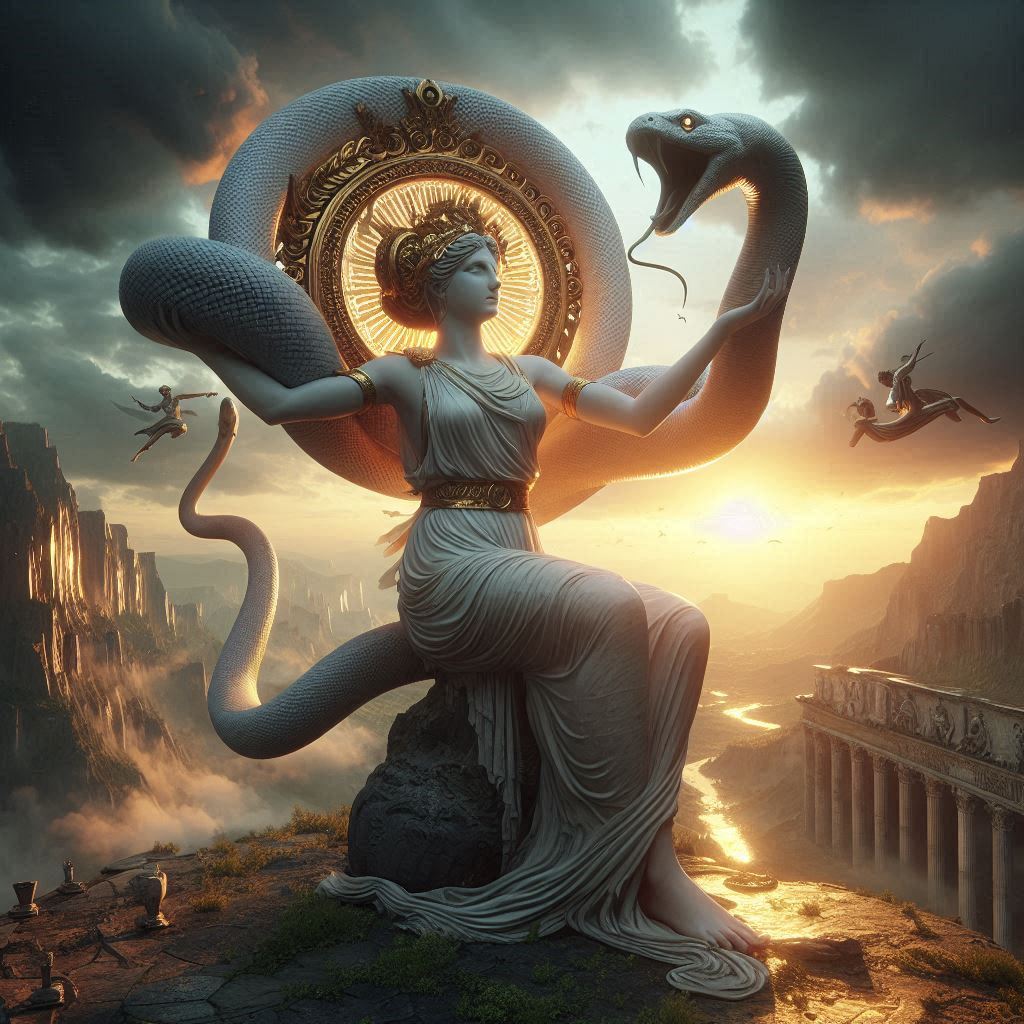Table of Contents
The Major Works of Stendhal: A Master of Psychological Realism
Stendhal’s Life and Literary Significance
Henri-Marie Beyle, known by his pen name Stendhal (1783–1842), was a French writer whose novels laid the groundwork for literary realism and modern psychological fiction. Unlike his contemporaries, such as Victor Hugo and Honoré de Balzac, who leaned toward Romanticism or sweeping social panoramas, Stendhal focused on the inner lives of his characters, dissecting their emotions, ambitions, and contradictions with unprecedented precision. His works, particularly The Red and the Black (1830) and The Charterhouse of Parma (1839), are celebrated for their acute psychological insight, irony, and critique of post-Napoleonic society.

Stendhal’s own life deeply influenced his writing. Born in Grenoble, France, he witnessed the rise and fall of Napoleon, an experience that shaped his ambivalent views on heroism, power, and social mobility. His career as a diplomat and soldier provided him with firsthand knowledge of European politics, which he wove into his fiction. Though he achieved only modest fame during his lifetime, later writers like Tolstoy, Nietzsche, and André Gide hailed him as a visionary. Today, Stendhal is recognized as a bridge between Romanticism and Realism, a novelist who captured the complexities of human desire against the backdrop of a rapidly changing world.
This essay examines Stendhal’s three major novels—Armance (1827), The Red and the Black (1830), and The Charterhouse of Parma (1839)—analyzing their themes, stylistic innovations, and enduring influence on literature.
1. Armance (1827): The Restraints of Society and the Torments of Love
Plot and Themes
Stendhal’s first significant novel, Armance, subtitled Some Scenes from a Parisian Salon in 1827, explores the tensions between individual passion and societal constraints. The novel centers on Octave de Malivert, a young aristocrat haunted by a secret affliction (strongly implied to be impotence), which prevents him from consummating his love for his cousin Armance de Zohiloff. Their relationship is further complicated by financial intrigues, family expectations, and the rigid moral codes of the French aristocracy during the Bourbon Restoration.
Unlike the flamboyant Romantic heroes of his time, Octave is introverted, melancholic, and deeply self-aware. His psychological turmoil reflects Stendhal’s interest in repressed emotions and the ways society stifles genuine feeling. The novel’s restrained, almost clinical prose contrasts with the emotional intensity of its protagonist, creating a tension that foreshadows Stendhal’s later, more celebrated works.
Literary Significance
Though Armance is less famous than The Red and the Black or The Charterhouse of Parma, it is a crucial work in Stendhal’s development as a novelist. It introduces key themes that recur throughout his oeuvre:
- The conflict between individual desire and social convention – Octave’s inability to fulfill his love for Armance mirrors the broader repression of the Restoration era.
- Psychological depth – Stendhal’s focus on Octave’s inner suffering marks an early example of the psychological realism that would define his later novels.
- Irony and detachment – The novel’s cool, analytical tone contrasts with the emotional turmoil of its characters, a stylistic choice that became a hallmark of Stendhal’s writing.
While Armance was not a commercial success, it set the stage for Stendhal’s more ambitious works, refining his ability to dissect human nature with both sympathy and irony.
2. The Red and the Black (1830): Ambition, Hypocrisy, and the Tragedy of Social Ascent
Plot Overview
The Red and the Black (French: Le Rouge et le Noir) is Stendhal’s most famous novel and a cornerstone of 19th-century literature. The story follows Julien Sorel, a brilliant but impoverished young man from the provinces, who dreams of transcending his social station. The “red” symbolizes the military glory of Napoleon’s era (a path now closed to Julien), while the “black” represents the Church, one of the few avenues for advancement in Restoration France.
Julien’s journey takes him from tutoring the children of the bourgeois Monsieur de Rênal to becoming the secretary of the powerful Marquis de La Mole in Paris. Along the way, he engages in two love affairs—one with Madame de Rênal, a sensitive and devout woman, and another with Mathilde de La Mole, a proud aristocrat fascinated by revolutionary ideals. Ultimately, Julien’s ambition leads to his downfall when his past catches up with him, resulting in a dramatic trial and execution.
Themes and Analysis
1. Social Mobility and Hypocrisy
Stendhal paints a scathing portrait of post-Napoleonic France, where talent and merit are stifled by class barriers. Julien’s rise depends not on his intelligence alone but on his ability to manipulate others—whether through seduction, flattery, or religious posturing. The novel exposes the hypocrisy of institutions like the Church and the aristocracy, which demand outward conformity while fostering corruption beneath the surface.
2. Psychological Realism
Stendhal’s greatest innovation is his deep exploration of Julien’s psyche. Unlike the idealized heroes of Romantic literature, Julien is flawed, contradictory, and often self-destructive. His inner monologues reveal his pride, self-doubt, and moments of genuine tenderness, making him one of the first truly modern protagonists in fiction.
3. Love as a Battlefield
Both of Julien’s love affairs are marked by power struggles. His relationship with Madame de Rênal begins as a calculated seduction but evolves into something more sincere, while his affair with Mathilde is a clash of egos, with each trying to dominate the other. Stendhal dissects love not as a pure, idealized emotion but as a complex interplay of desire, vanity, and social maneuvering.
Literary Influence
The Red and the Black was ahead of its time in its psychological depth and unflinching critique of society. It influenced later realist writers like Flaubert and Tolstoy, who admired Stendhal’s ability to blend irony with emotional intensity. The novel’s tragic ending—where Julien, facing execution, achieves a moment of clarity—remains one of the most powerful conclusions in literature.
3. The Charterhouse of Parma (1839): Romantic Adventure Meets Political Satire
Plot Summary
Stendhal’s final completed novel, The Charterhouse of Parma, is a sweeping tale of love, war, and political intrigue set in Italy. The protagonist, Fabrizio del Dongo, is a young Italian nobleman who idealizes Napoleon and enlists in his army, only to witness the chaos of the Battle of Waterloo—a scene famously recounted with ironic detachment.
After returning to Italy, Fabrizio becomes entangled in the scheming court of Parma, where his aunt Gina (the Duchess Sanseverina) and the Machiavellian Prime Minister Mosca vie for power. Fabrizio’s love for the young Clélia Conti is thwarted by political machinations, leading to a tragic conclusion in which he retreats to a monastery (the Charterhouse of the title).
Themes and Innovations
1. The Illusion of Heroism
Fabrizio’s naive dreams of military glory are shattered at Waterloo, where he wanders confused, unable to distinguish friend from foe. Stendhal mocks the Romantic ideal of war, presenting it as chaotic and meaningless rather than heroic.
2. Political Intrigue and Corruption
The court of Parma is a microcosm of European politics, where power is maintained through deception, espionage, and manipulation. Unlike Julien Sorel, who actively schemes, Fabrizio is largely passive, buffeted by forces beyond his control.
3. The Tragic Nature of Love
Fabrizio’s love for Clélia is doomed by external circumstances, much like Octave’s in Armance. Stendhal suggests that genuine emotion is often crushed by societal and political forces.
Style and Legacy
Written in just 52 days, The Charterhouse of Parma has a breathless, almost improvisational energy. Balzac praised its vividness, while later critics noted its blend of adventure, satire, and psychological depth. The novel’s influence can be seen in works like Tolstoy’s War and Peace and even modern political thrillers.
Stendhal’s Enduring Legacy
Stendhal’s novels remain essential reading for their psychological insight, irony, and critique of power. Unlike the sweeping social canvases of Balzac or the emotional excesses of Hugo, Stendhal’s works focus on the individual’s inner life, making him a precursor to modernist writers like Proust and Joyce.
His famous metaphor—”A novel is a mirror carried along a high road”—encapsulates his approach: literature should reflect reality, but with clarity and detachment. Whether dissecting Julien Sorel’s ambition, Fabrizio’s illusions, or Octave’s suffering, Stendhal reveals the contradictions of human nature with unmatched precision.
Though he died with little acclaim, his prediction—”I shall be understood around 1880″—proved correct. Today, Stendhal is celebrated as one of the greatest novelists of the 19th century, a writer who transformed fiction by turning the lens inward, exploring the depths of the human soul with unmatched brilliance.


No responses yet